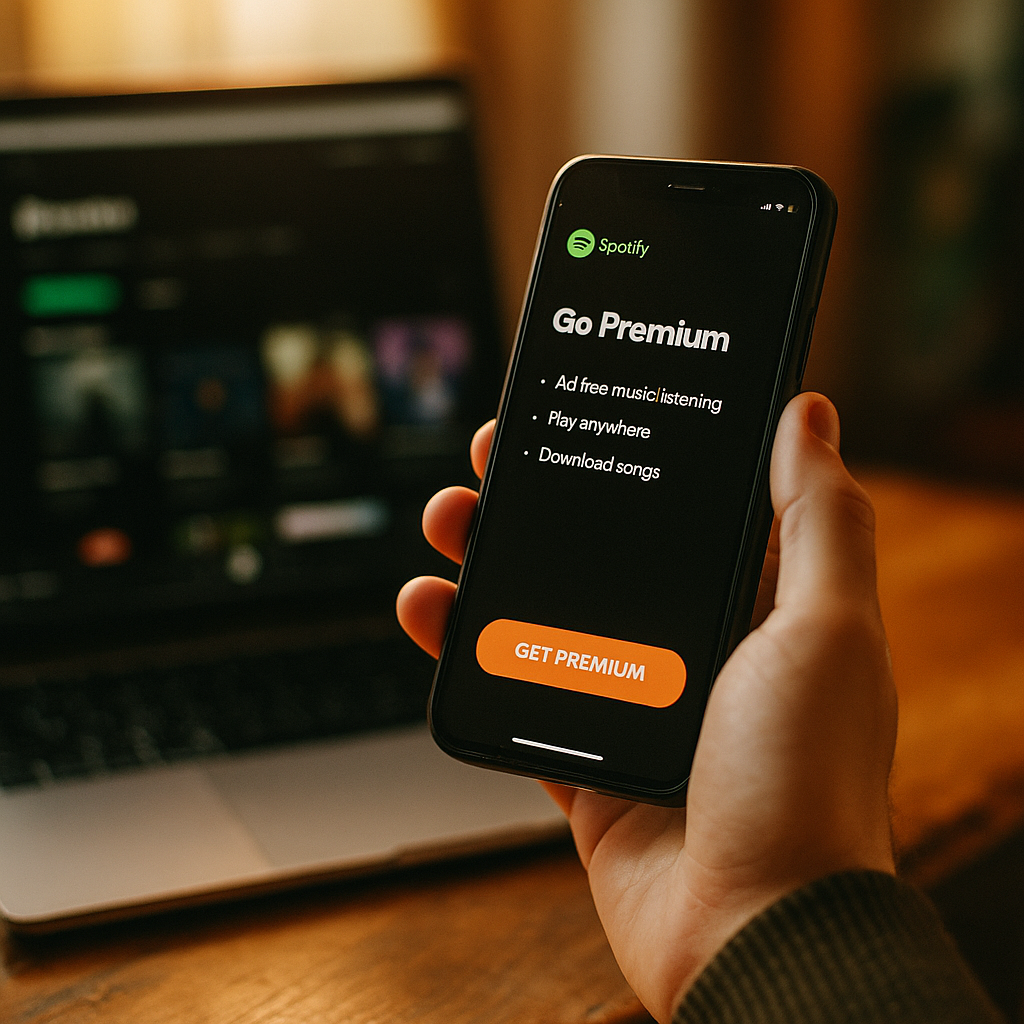The freemium model continues to reshape industries, offering limited free access to users while monetizing premium upgrades. One shining example is Spotify, whose agile adaptation of the freemium model led it to dominate global music streaming. Discover how Spotify’s strategies set benchmarks for freemium success, and what lessons your business can apply from their journey.
Spotify’s Freemium Business Model: Revolutionizing Music Streaming
Launched in Sweden, Spotify faced stiff competition and rampant piracy. Its freemium business model, a secondary keyword central to discussions today, enabled users worldwide to legally stream music at no initial cost. Spotify’s approach democratized access, disrupted traditional music purchase habits, and built a massive user base rapidly. By balancing free offerings with compelling premium incentives, Spotify bridged the gap between music lovers and artists, creating a win-win ecosystem that reshaped the industry almost overnight.
The key ingredients of Spotify’s success include:
- Ad-supported free tier with access to millions of tracks
- Smooth, user-friendly interface encouraging frequent use
- Regular feature innovations to boost engagement and conversion rates
- Local and personalized content recommendations, keeping listeners engaged
How User Experience Powered Massive Freemium Growth
A critical element in Spotify’s freemium strategy is the laser focus on user experience. The brand invested in a seamless app interface, continuous discovery algorithms, and on-demand access, dramatically outperforming rivals saddled with clunky or outdated platforms. Spotify’s free tier isn’t just a taste—it’s a deeply functional experience, purposefully designed to engage and subtly highlight the advantages of its premium upgrade.
Spotify leverages:
- Personalized playlists (like Discover Weekly and Release Radar) tailored by AI
- Easy device syncing, making transitions from desktop to mobile effortless
- Social features, such as playlist sharing and collaborative listening, increasing stickiness
These innovations ensure users remain in the Spotify ecosystem long enough to see the value in upgrading, steadily driving conversion from free to premium subscriptions.
Freemium Conversion: Turning Free Users Into Paying Subscribers
Understanding the mechanics behind conversion strategy is a secondary keyword focus. Spotify excels by elegantly nudging users toward premium with clear, tangible benefits:
- Ad-free listening: The free tier interrupts streams with ads, while premium offers uninterrupted music.
- Offline downloads: Paying users can listen wherever, whenever—crucial for travelers and commuters.
- Unlimited skips and HQ audio: Premium users get control and quality upgrades that appeal to audiophiles.
Spotify carefully times its prompts, providing premium trials around holidays, or targeted offers after milestone listening events. Data-driven insights fine-tune these offers, maximizing conversion rates. By 2025, Spotify boasts a remarkable conversion rate among free-to-paid users, far outpacing most competitors in digital media, according to industry estimates.
Competitive Advantages and Brand Credibility
Spotify’s approach actively builds brand authority and trust, vital for healthy long-term growth. The freemium strategy aligns perfectly with the “E-E-A-T” framework (experience, expertise, authoritativeness, trustworthiness) by:
- Delivering consistent music streaming quality enjoyed by hundreds of millions worldwide
- Showcasing global music partnerships and exclusive releases that reinforce expertise
- Transparent user data policies and clear privacy controls, supporting trust
- Continual app updates, showing commitment to user experience and innovation
Spotify’s social proof, such as international awards and top ratings in app stores, further cements its credibility. These efforts, combined with accessible support and a strong artist relations program, insulate the brand from upstart competitors and reinforce user loyalty at scale.
Lessons from Spotify: Applying the Freemium Model in Other Industries
Spotify’s case study offers transferable insights for brands considering or optimizing a freemium model. The biggest lessons include:
- Prioritize user engagement: A highly usable, valuable free product drives adoption and retention.
- Create irresistible premium incentives: Premium upgrades should feel necessary, not optional, for power users.
- Leverage behavioral data: Personalized offers based on usage habits convert free users more efficiently.
- Focus on community: Social features can create viral loops and organic growth.
- Iterate constantly: The freemium environment evolves rapidly—continuous innovation is critical.
From productivity SaaS to consumer health apps, these principles derived from Spotify’s success apply widely and offer a proven roadmap for market dominance using the freemium model.
Conclusion: Freemium Model Case Study Takeaways
Spotify’s mastery of the freemium model demonstrates that strategic generosity, coupled with user-focused innovation, is a formula for dominance. Brands considering freemium must balance value, smart incentives, and ongoing relationship-building. By emulating Spotify’s roadmap, you can drive rapid growth, strong conversions, and market leadership in today’s competitive landscape.
FAQs: Spotify and Freemium Model Success
-
What is a freemium model?
A freemium model offers core services for free, while charging for premium features or advanced functionality. This approach attracts large user bases and monetizes those willing to pay for extra value.
-
How successful is Spotify’s freemium strategy?
Spotify leads the global music streaming market, with a large portion of its revenue stemming from premium subscriptions. Its freemium-to-premium conversion rates are well above industry averages in 2025.
-
Why do people upgrade to Spotify Premium?
Key motivators include ad-free listening, offline playback, enhanced audio quality, and unlimited song skips—all compelling features for frequent music listeners.
-
Can other industries use the freemium model?
Yes. Software, gaming, productivity, and even education platforms can use freemium frameworks effectively, so long as they balance value and premium incentives as Spotify has.
-
What’s the biggest challenge in the freemium model?
Ensuring that free features provide real value, but not so much that users never feel the urge to upgrade. Continuous product improvement and understanding user behavior are vital.
